#National Parks and Wildlife Conservation
Text
The population of giant pandas in the wild has nearly doubled as China steps up its conservation efforts.
China’s National Forestry and Grassland Administration said on Jan 25 there are now around 1,900 pandas in the wild from some 1,100 in the 1980s.
This has been due to China’s efforts to protect the species, considered a national treasure, said Mr Zhang Yue, an official with the administration.
The Giant Panda National Park was established in October 2021, covering a total area of over 22,000 sq km and providing a home to around 72 per cent of the wild giant panda population.
Protected areas for giant pandas have grown from 1.39 million ha to 2.58 million ha since 2012.
The International Union for Conservation of Nature has adjusted the status of giant pandas from “endangered” to “vulnerable”.
“This indicates that China’s giant panda conservation efforts have been recognised by the international wildlife conservation community,” Mr Zhang said.
The global captive population of giant pandas, meanwhile, has now reached 728, with 46 pandas successfully bred in captivity in 2023.
The genetic diversity of captive giant pandas has also improved. The current captive population of giant pandas can maintain 90 per cent genetic diversity for up to 200 years.
As for giant pandas living abroad, Mr Zhang said China has organised field inspections and assessments of 23 overseas cooperation institutions in 19 countries since 2023.
“The cooperation institutions generally meet the requirements in terms of venue construction, feeding and nursing, and disease prevention and control measures,” Mr Zhang said, adding that pandas living abroad are generally “in good health”.
He said China will further improve the international cooperation management mechanism for giant pandas, carry out regular daily health monitoring and field inspection and assessment, and continue to strengthen cooperation with international partners for the protection of endangered species and biodiversity.
-via The Straits Times, January 25, 2024
#panda#panda bear#pandas#china#endangered species#conservation#conservation news#conservation efforts#conservation practices#ecology#wildlife conservation#zoo animals#zoology#wildlife#wild animals#national park#giant panda national park#icun#good news#hope#hopepunk
993 notes
·
View notes
Text
@daisygilardini
#Wapusk National Park#polar bears#polar bear cub#wildlife photography#conservation#cute animals#curators on tumblr#family
943 notes
·
View notes
Text
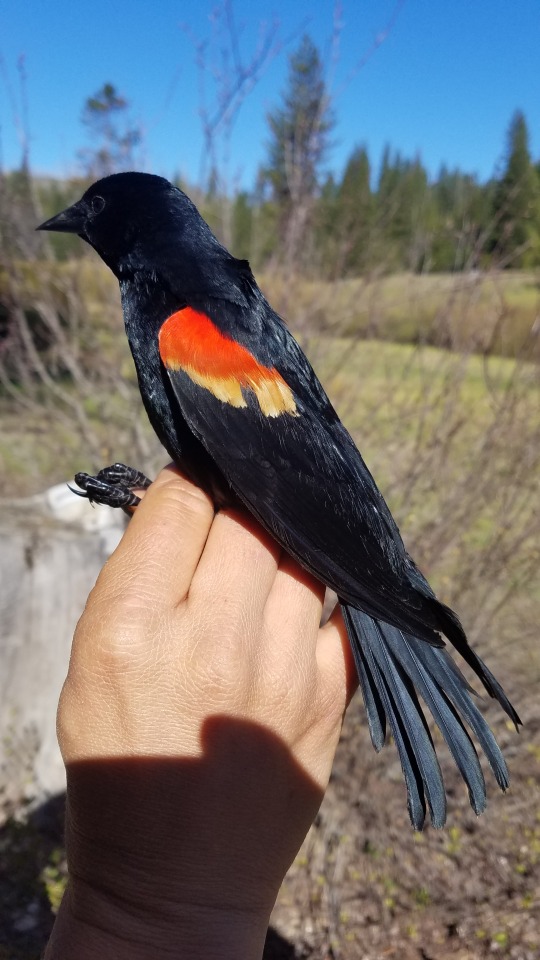
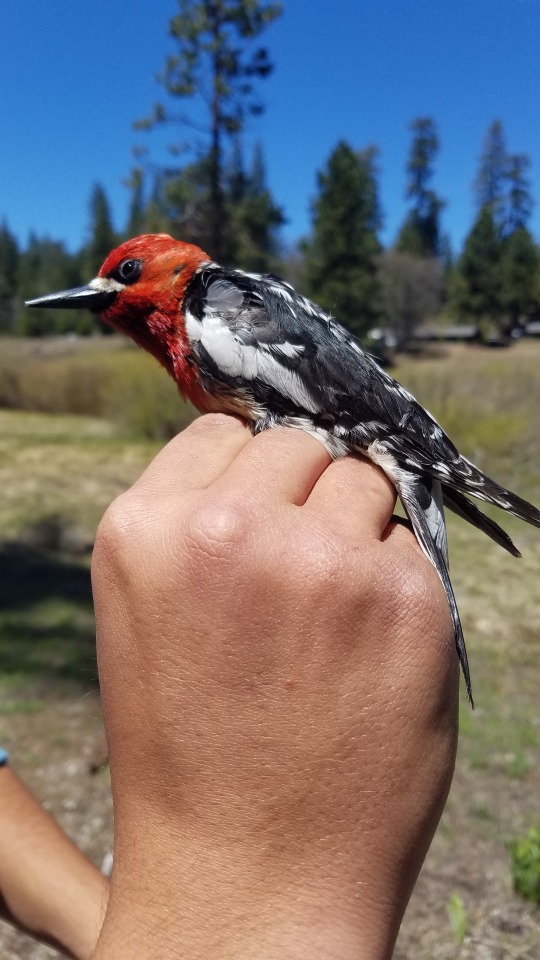

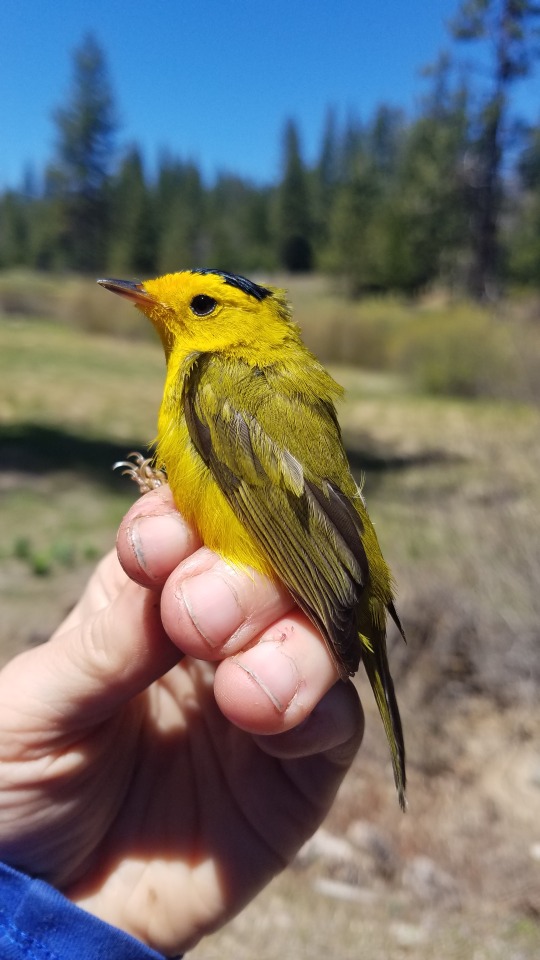

Hey all! I don't typically post my photos here but heck, I should. This is just a heads up that you won't see much from me for the next couple weeks as I go on my yearly fieldwork trip to Yosemite to train our summer bird banding crew in how to run their stations. These MAPS (Monitoring Avian Productivity and Survivorship) stations are part of a long-term (30+ years!) monitoring project that has resulted in some amazing science, from teaching us about how climate change affects birds at different altitudes to setting new longevity records (we have a 20-year old woodpecker!).
All of this is done through The Institute for Bird Populations. Go check out the website and learn more about what we do for birds around the world!
#birdblr#ornithology#birds#birb#borb#songbirds#red-winged blackbird#red-breasted sapsucker#macgillivray's warbler#wilson's warbler#yosemite#yosemite national park#science#wildlife conservation
785 notes
·
View notes
Text
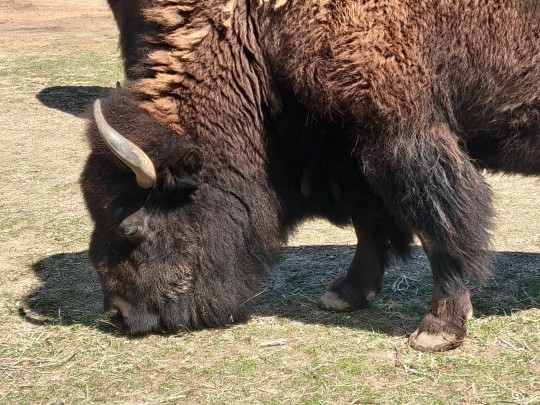
American bison (Bison bison)
#can you guys tell bison are my fave animal#mine#bison#hoofstock#animals#wildlife#prairie#buffalo#american bison#nature#naturalist#nature photography#photography#mammals#ecology#north america#north american wildlife#conservation#ecologist#biologist#wildlife biology#wildlife biologist#biology#national parks#badlands#badlands national park#national park
94 notes
·
View notes
Text
Shout out to the National Park Service for doing the work 🌲 🏔️ 🦅🌵🦌🍄🍂🌳🏕️

And a reminder to hug your local park ranger, but ask first, not all of them like it
#national park#nature#national park service#national parks#park ranger#the great outdoors#protect our wildlife#wildlife#conservation#outdoor education#naturecore#nature conservation#can you paint with all the colors of the wind
183 notes
·
View notes
Text
#acadia national park#apex predator#biodiversity#birds#candice gaukel andrews#climate change#conservation#covid 19#ecotravel#environment#glacier national park#global warming#human-wildlife conflict#mammals#national parks#natural habitat adventures#nathab#natural habitats#nature#red fox#science#science and environment#scientific research#trails#us national parks#wild#wildlife#wildlife corridors#world wildlife fund#wwf
116 notes
·
View notes
Photo

Wolves Are Making a Comeback at Michigan’s Isle Royale National Park
Since reintroduction in 2018, the wolves have rebounded from just 2 inbred individuals to 31 healthy animals
Wolves are making a comeback at Isle Royale National Park in Michigan after nearly disappearing from the rugged island chain because of inbreeding and disease.
The archipelago in northwestern Lake Superior—centered around a 207-square-mile island—is now home to 31 wolves, despite hosting only two in 2018. According to the latest survey led by researchers at Michigan Technological University, the wolf population has grown by three individuals since last year. And scientists are hopeful the group will be even larger when they count again:
Based on their observations, they suspect up to five female wolves may have pups this summer...
Read more: https://www.smithsonianmag.com/smart-news/wolves-are-making-a-comeback-at-michigans-isle-royale-national-park-180982382
#wolf#wolves#wolf conservation#canid#mammal#animals#nature#conservation#environment#north america#wildlife science#science#public lands#national parks
120 notes
·
View notes
Text
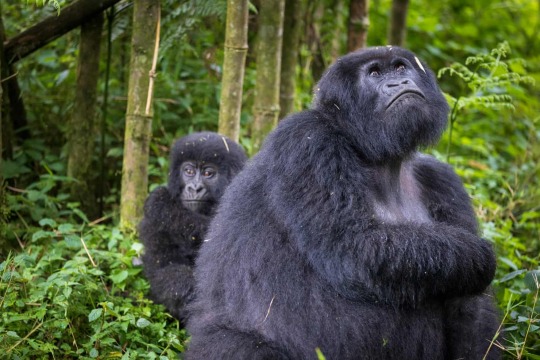
Endangered mountain gorillas in Volcanoes national park, Rwanda, where the International Gorilla Conservation Programme is working to protect them
Photograph: FFI R5/ Steph Baker/Fauna & Flora
#ffi r5#photographer#steph baker#fauna & flora#mountain gorillas#gorilla#ape#animal#mammal#wildlife#volcanoes national park#rwanda#international gorilla conservation programme#nature
23 notes
·
View notes
Text

Overpass for wildlife to safely cross - Banff National Park, Alberta
#Banff National Park#Canadian Rockies#wildlife overpass#bridge#scenery#highway#conservation#boreal forest
205 notes
·
View notes
Text

Black bear cub in our first national park.
#nature#wildlife#animals#wildlifephotography#animallovers#naturephotography#conservation#bear#bears#national parks#outdoors#yellowstone#baby animals
38 notes
·
View notes
Text
Chimpanzee Mothers: Champions of Play Even in Times of Food Scarcity
ITA version here ESP version here
A recent study conducted in Kibale National Park in Uganda has revealed a surprising behavior among female chimpanzees: despite the scarcity of food, mothers continue to play with their young, playing a crucial role in the physical and social development of their offspring.
Kibale National Park is known to be the most densely populated primate forest in the world, with over 1,000 chimpanzees residing there. Researchers, led by Zarin Machanda and Kris Sabbi from Harvard University, began habituating chimpanzees to human presence in 1987, collecting detailed behavioral observations including climbing, feeding, grooming, and play.
Through the examination of 3,891 episodes of adult play recorded within the chimpanzee community of Kanyawara, researchers not only observed that this practice persists in adults unlike most other mammals, but also evaluated how adult play is influenced by diet quality. While play between adults and unrelated immatures decreased during food scarcity, play between mothers and offspring persisted, suggesting that this type of play was less constrained compared to play with other partners.
The observation that mothers continue to play with their young despite food scarcity underscores the crucial importance of play in the animal world and the extraordinary dedication of chimpanzee mothers in ensuring the well-being of their offspring, even in the most challenging times. This suggests that chimpanzee mothers play a crucial role in the physical and social development of their young, even when facing the threat of food scarcity.
That adult chimpanzees play to build relationships or support learning opportunities for younger group members evaluations of the potential functions and evolution of play are incomplete without considering its costs. The fact that chimpanzee mothers bear these costs even when ecology constrains other aspects of their social behavior primarily reveals a hidden cost of motherhood for this species, where, as with humans, mothers are important play partners for their offspring.
SOURCE
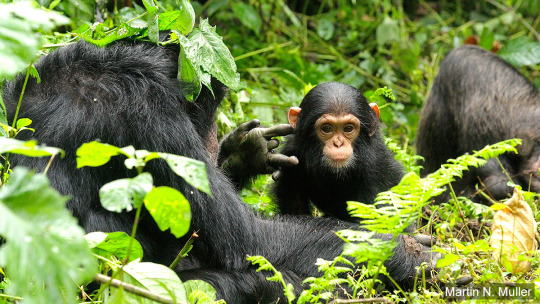
Pic Source
#Chimpanzee Mothers#Playful Parenting#Animal Behavior#Primate Research#Chimpanzee Study#Motherhood#Playtime#Kibale National Park#Uganda#Harvard Research#Chimpanzee Community#Wildlife Observations#Parental Dedication#Chimpanzee Development#Food Scarcity#Wildlife Conservation#Animal Behaviour#chimpanzee#Play#News#Drops of Science#Natural Sciences#Science
7 notes
·
View notes
Text
ok ok ok so during my brief time here visiting badlands national park i learned that the park can reliably sustain a bison herd of ~1500 individuals over a harsh winter
each year they do an annual bison round up (which im going to, so excited!!) at which they do a couple things
tag and brand the new calves
vaccinate the herd
cull the herd to an appropriate size
the culled animals are then auctioned off later in the year and the money made goes directly back into the care and management of the badlands herd
that being said there are a few stipulations regarding the auctioned bison
they cannot be used for entertainment purposes
they cannot be used for breeding purposes
and they cannot be eaten
two out of those three i find understandable. the entertainment one for obvious exploitive reasons. and the meat one bc it may not be safe for consumption
but why not use them for breeding? granted i know next to nothing about bison management in america
but wouldn't it make more sense to use the culled individuals to start a new herd in another place that CAN sustain them? (i would absolutely add individuals from other herds/states to prevent inbreeding/genetic bottlenecking)
i don't know im just a bit confused

#south dakota#bison#buffalo#badlands#badlands national park#conservation#wildlife#wildlife conservation
18 notes
·
View notes
Text

Nairobi National Park, Kenya, January 15, 2023
#wildlife photography#wildlife#giraffes#nairobi national park#dmrwildlife#wildlife conservation#africa
22 notes
·
View notes
Text

ʻākohekohe (ay-co-hee-co-hee) Hawai'ian Crested Honeycreeper
These adorable nectarivores live only on the island of Maui in the higher altitudes of Haleakalā, feeding primarily on nectar from the ōhiʻa lehua flowers.
84 notes
·
View notes
Text
keeping honeybee hives as a way to ‘save the bees’ is the equivalent of claiming factory farmed chickens are somehow stopping greater prairie chickens from going extinct lmao
#wanna know one of the worst takes I've seen by beekeepers lobbying the government?#putting honeybee hives in national parks#to help bee populations#anyway no offense to beekeepers out there who do what they do as a small business etc etc#but the beekeeping industry actively works to shift focus away from wild pollinator conservation onto honeybees#they have a lot of weight and money to throw around and they use it to influence federal and state policy#the relationship between native pollinator biologists and beekeepers is like that of wildlife biologists and hunters#we should be working together to address common issues that affect all these species. and occasionally we do. some of us are both#but way more frequently than necessary we have to walk on eggshells around you because if we upset you you'll rain hell upon us#i speak from experience as both a pollinator ecologist and a wildlife biologist and lemme tell you it's a drag#as long as you have government subsidy on your side you're invincible#remember kids we only rely on honeybees for so much pollination because we destroyed the habitat of native pollinators on farmland#despite this native pollinators account for a not insignificant portion of pollination but it's not widely publicized#it's estimated that if we provide native habitat free from pesticides then we can reduce reliance on honeybees significantly#enough that for some crops we wouldn't need them at all#galaxy brained athena take here: the next big thing will be 'wild pollinator certified' foods
10 notes
·
View notes
Text
#alaska#antlers#arctic#arctic national wildlife refuge#biodiversity#canada#candice gaukel andrews#caribou#christmas#christmas 2023#conservation#environment#holidays#national park service#natural habitat adventures#nathab#nature#north american coastal plain#oil drilling#reindeer#remote#saint nicholas#santa claus#science#science and environment#scientific research#tundra#wild#wildlife#wolves
4 notes
·
View notes